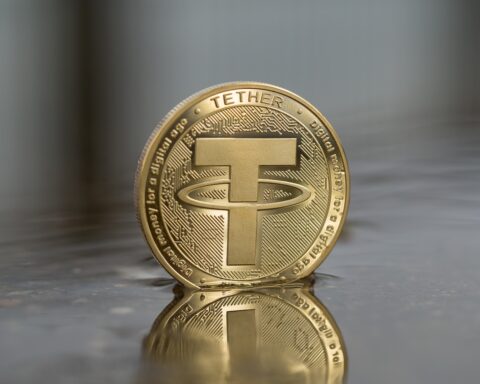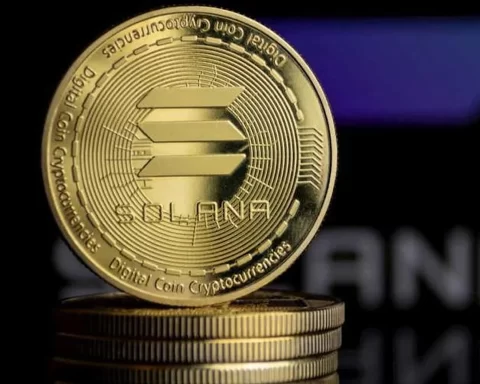In 2023, Bitcoin miners have been facing an uphill battle as the cryptocurrency market experiences volatility and uncertainty.
The past year has seen a surge in BTC being sent to centralized exchanges by miners to cover their operational costs.
The Bitcoin mining industry had a momentous year, earning a staggering $184 million from transaction fees in the second quarter of 2023.
This increase was attributed to the rebound in BTC’s price and the growing excitement surrounding BRC-20 tokens.
However, despite this revenue boost, prominent mining firms’ stocks outperformed Bitcoin’s market value by a significant margin, with their market capitalization rising by 257% since the start of the year.
To cope with the prolonged bear market, miners have been forced to sell mined BTC to cover expenses. June 2023 witnessed a record $128 million worth of Bitcoin sent to exchanges, leading experts to highlight miners’ tendency to cash out, cover costs, and secure profits.
Reports from Bitfinex indicate that mining companies are engaging in derisking strategies by offloading BTC to exchanges.
These strategies involve hedging activities in the derivatives market, conducting over-the-counter orders, or transferring funds through exchanges for various purposes.
READ MORE: Vermont Department of Financial Regulation Issues Stark Crypto Warning
Cointelegraph reached out to prominent mining companies for insights into the current mining climate. Hut8’s CEO, Jaime Leverton, revealed that the company had been pursuing a merger with USBTC, which hindered its capital-raising efforts through at-the-market offerings.
To meet its operating costs, Hut8 sold a portion of its Bitcoin holdings and newly produced BTC.
Nevertheless, Leverton assured that the company still held more than 9,100 BTC (equivalent to $271 million) and remained bullish on Bitcoin, maintaining one of the largest self-mined Bitcoin reserves among publicly traded companies.
Foundry’s senior manager, Charles Chong, pointed out that current market conditions differed from previous bull markets, where miners could hold onto their BTC due to abundant external capital and higher production margins.
Now, with scarce external funding and reduced margins of 15-30%, miners are compelled to liquidate their Bitcoin to sustain operations.
Chong also noted that comparing the current market to the bear markets following the 2017 and 2021 peaks was challenging.
Bitcoin mining operates in cycles, with miners overinvesting in ASIC mining equipment during favorable times.
The recent all-time high in Bitcoin mining difficulty indicated a robust network, with new, more efficient mining equipment entering the market, requiring miners to update their fleets to remain profitable.
Despite market challenges, industry participants’ continuous deployment of machines and increasing hashrates signals their optimism regarding Bitcoin’s future price appreciation.
Difficulty increases, driven by rising hashrates, reflect miners’ confidence in potential upside for BTC’s price.
Unfortunately, the tough market conditions led to the closure of some major mining firms, including Core Scientific, which filed for chapter 11 bankruptcy in June 2023.
However, the company managed to raise substantial capital to initiate a reorganization plan slated for September 2023.
Other Stories:
China’s Digital Yuan Soars: Business Travelers Can Now Pay for Flights with CBDC
2023 Ranking: 4 Best Crypto Projects To Invest In




